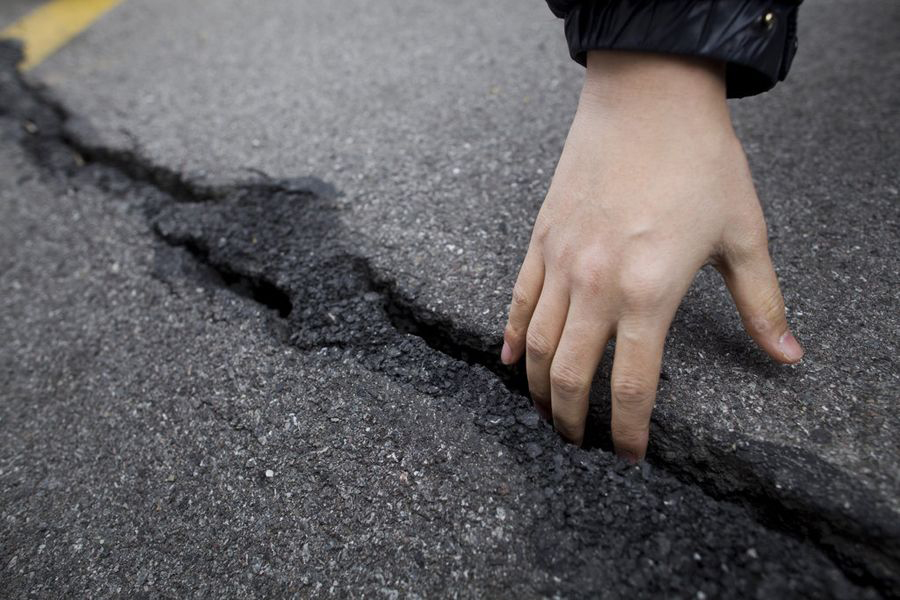The consensus among experts and environment officials is that Tehran is losing the battle against land subsidence.
The concern is justified, since the plains in southern Tehran are subsiding by an average of 36 centimeters a year, ISNA reported.
The phenomenon is caused by the depletion of groundwater resources—thanks to excessive deep well pumping, itself a result of Iran's 15-year struggle with drought and declining precipitation.
When water is removed from the ground, the pore water pressure (the pressure of groundwater held in gaps in soil) is reduced.
In other words, the lack of water means there is nothing holding up the weight of the soil above it, resulting in land surface subsidence. Groundwater resources supply 55% of the country's water demand.
Average annual rainfall in the past decade has hovered around 250 millimeters, though by some accounts it has dropped to 204 mm in the past few years.
To make matters worse, the city's population has increased by a whopping 36% since 2002—from 7 million to 11 million—which has naturally increased demand for water.
The Only Solution
Reversing land subsidence is nigh impossible. While some aquifer systems can "rebound" if water is pumped back into them and groundwater resources are allowed to recharge, it rarely happens.
However, checking the progress of land subsidence is not only possible but attainable, provided officials and ordinary people cooperate.
According to the Energy Ministry, sealing illegal water wells is a key measure that can help curb land subsidence and restore balance to groundwater recharge. There are more than 20,000 illegal wells in Tehran Province, most of which are used to irrigate farms.
Identifying and closing illegal water wells and controlling the withdrawal from legal ones are an expensive undertaking. In the last fiscal year (March 2015-16), only 50% of the $488 million budget set aside for this task were made available to Tehran's energy officials, according to Asianews.ir.
Nevertheless, officials say they managed to prevent the illegal pumping of 60 million cubic meters of water.
Curbing the progress of land subsidence is of utmost importance, given the severe implications of failing to do so. When the ground surface is lowered, the entire city will sink with it, which will impact the stability of buildings and the functionality of infrastructure supporting it.


